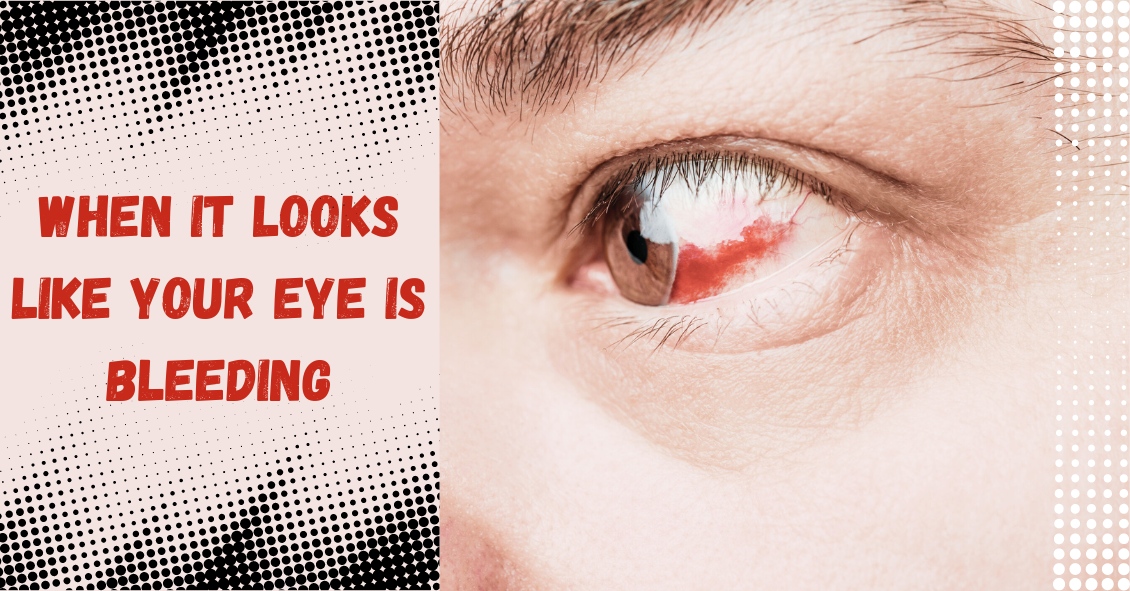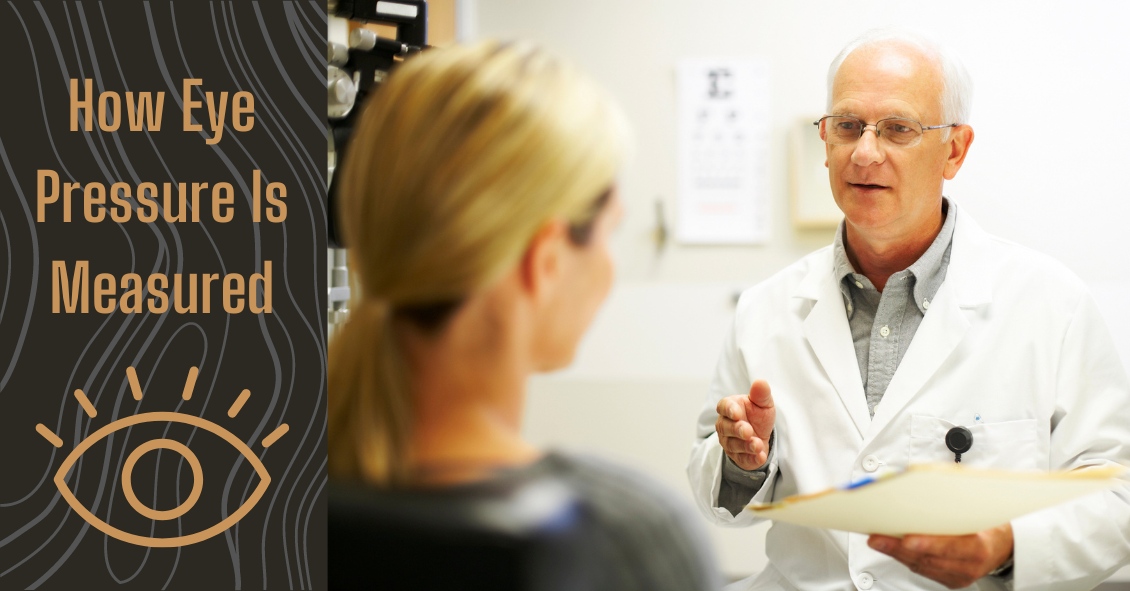For many people, contact lenses provide greater convenience and more satisfying vision correction than eyeglasses. Even if you have had trouble wearing contact lenses in the past, Drs. Hansen, Pietigs, and Seelye specialize in contact lenses that are difficult to fit.
An individualized, comprehensive eye health exam is performed first. Our doctors determine your prescription for corrective lenses and then check for any eye health problems or other issues that may interfere with successful contact lens wear. If no contraindications are found, the next step is the contact lens consultation and fitting.
Your lifestyle and your individual preferences are considered. Daily disposables, extended or part-time wear are available for the sport enthusiast, for example. Although most will choose soft contact lenses, the advantages and disadvantages of rigid gas permeable (RGP) lenses may be discussed as well. There are also options for those over 40 that prefer to have freedom from glasses.
Contact Lens Measurements
Since each person is a unique individual, one contact lens does not fit everyone. Many specifications need to be taken into consideration. These specifications are measurements taken to determine the best lens size and design for your eyes. They include:
- Corneal Curvature: A keratometer is used to measure the curvature of your eye’s front surface (your cornea). Differences in the curvature of your cornea may reveal astigmatism.
- Corneal Topography: This instrumentation provides a detailed mapping of the surface of your cornea. It literally creates a “map” of your eye with precise details regarding surface characteristics of your cornea.
- Pupil and Iris Size: These measurements are taken with a lighted instrument called a biomicroscope or slit lamp.
Tear Film Evaluation
To be a successful contact lens wearer, you must have adequate tear film to keep the lenses and your cornea sufficiently moist and hydrated. Using the biomicroscope, our doctors will follow the evaporation of the fluorescein that is placed in your eye to determine your tear quality. The amount of tears you produce will determine which contact lens material is best for your individualized need.
Trial Lenses
In most cases, trial lenses will be used to verify the contact lens selection. Lenses will be placed on your eye, and our doctors will use the biomicroscope to evaluate the position and movement of the lenses. If your comfort level and your visual acuity are optimum, you will be given instructions on the care of your lenses and your specific wearing schedule. You will also receive detailed, personal training on the insertion and removal of your lenses.
Your contact lens fitting will involve follow up visits in order for our doctors to confirm the lenses are fitting properly and your eyes are able to tolerate contact lens wear. Often, Drs. Hansen, Pietigs, or Seelye are able to see warning signs before you are symptomatic. If these warning signs are evident, recommendations will be made and options will be discussed.
Contact Lens Prescription
Once the proper lens has been determined, your contact lens prescription will be finalized. This prescription designates the contact lens power, the curvature of the lens, the lens diameter, and the lens name and manufacturer. In the case of gas permeable lenses, additional specifications will also be included.
Annual Contact Lens Eye Health Examinations
To ensure your continued contact lens success, and to prevent any eye health concerns from occurring in the future, an annual contact lens exam is highly recommended by all the doctors at Ankeny Family Vision Center.





